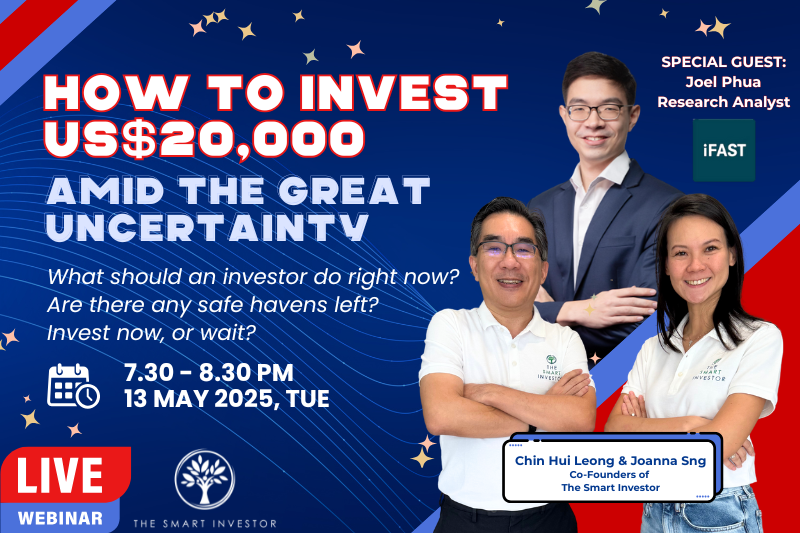Share buybacks can be a powerful tool for companies to boost their future earnings per share. By buying back shares, a company’s future earnings can now be shared between fewer shares, boosting the amount each shareholder can get.
Take Apple (NASDAQ: AAPL) for example. From 2016 to 2022, the iPhone maker’s net income increased by 118%, or around 14% annualised. That’s pretty impressive. But Apple’s earnings per share (EPS) outpaced net income growth by a big margin: EPS advanced by 193%, or 19.6% per year.
The gap exists because Apple used share buybacks to decrease its share count. Its outstanding share count dropped by around 30%, or an annualised rate of close to 5.7%, over the same period.
But the power of buybacks is very much dependent on the price at which they are conducted. If a company’s share price represents a high valuation, earnings per share growth from buybacks will be less, and vice versa.
Valuations matter
To compare how buybacks lose their effectiveness when valuations rise, let’s examine a simple illustration. There are two companies, A and B, that both earn a $100 net profit every year and have 100 shares outstanding. These give them both earnings per share of $1. Let’s say Company A’s share price is $10 while Company B’s is at $20. The two companies also use all their profits in Tear 1 to buy back their shares.
Companies A and B would end the year with 90 and 95 shares outstanding, respectively. From Year 2 onwards, Company A’s earnings per share will be $1.11, or an 11% increase. Company B on the other hand, only managed to increase its earnings per share to $1.052, or 5.2%.
Buybacks are clearly much more effective when the share prices, and thus the valuation, is lower.
The case of Apple
As I mentioned earlier, Apple managed to decrease its share count by 30% over the last six years or 5.7% per year. A 30% decrease in shares outstanding led to a 42% increase in EPS*.
Apple was able to decrease its share count so significantly during the last six years because its share price was trading at relatively low valuations. Apple also used almost all of its free cash flow that it generated over the last six years to buy back shares. The chart below shows Apple’s price-to-earnings multiples from 2016.

Source: TIKR
From 2016 to 2019, Apple’s trailing price-to-earnings (PE) ratio ranged from 10 to 20. But since then, the PE ratio has increased and now sits around 30.
In the last 6 years – from 2016 to 2022 – Apple was able to reduce its share count by 30% or 5.7% a year. But with its PE ratio now at close to 30, the impact of Apple’s buybacks will not be as significant. If Apple continues to use 100% of its free cash flow to buy back shares, it will reduce its share count only by around 3.3% per year. Although that’s a respectable figure, it doesn’t come close to what Apple achieved in the 6 years prior.
At an annual reduction rate of 3.3%, Apple’s share count will only fall by around 18% over six years, compared to the 30% seen from 2016 to 2022. This will increase Apple’s earnings per share by around 22% versus the actual 42% clocked in the past six years.
In closing
Apple is a great company that has rewarded shareholders multiple folds over the last few decades. In addition to growing its business, timely buybacks have also contributed to the fast pace of Apple’s earnings per share growth.
Although I believe Apple will likely continue to post stellar growth in the coming years with the growth of its services business and its potential in emerging markets, growth from buybacks may not be as powerful as it used to be.
When analysing the power of buybacks, shareholders should monitor the valuation of the stock and assess whether the buybacks are worthwhile for shareholders.
*(1/1-0.3)
Note: An earlier version of this article was published at The Good Investors, a personal blog run by our friends.
Looking to start investing? Our beginner’s guide will show you how to make the best buying decision and make fewer mistakes. Click here to download for free now.
Follow us on Facebook and Telegram for the latest investing news and analyses!
Disclosure: Jeremy Chia owns shares of Apple.




